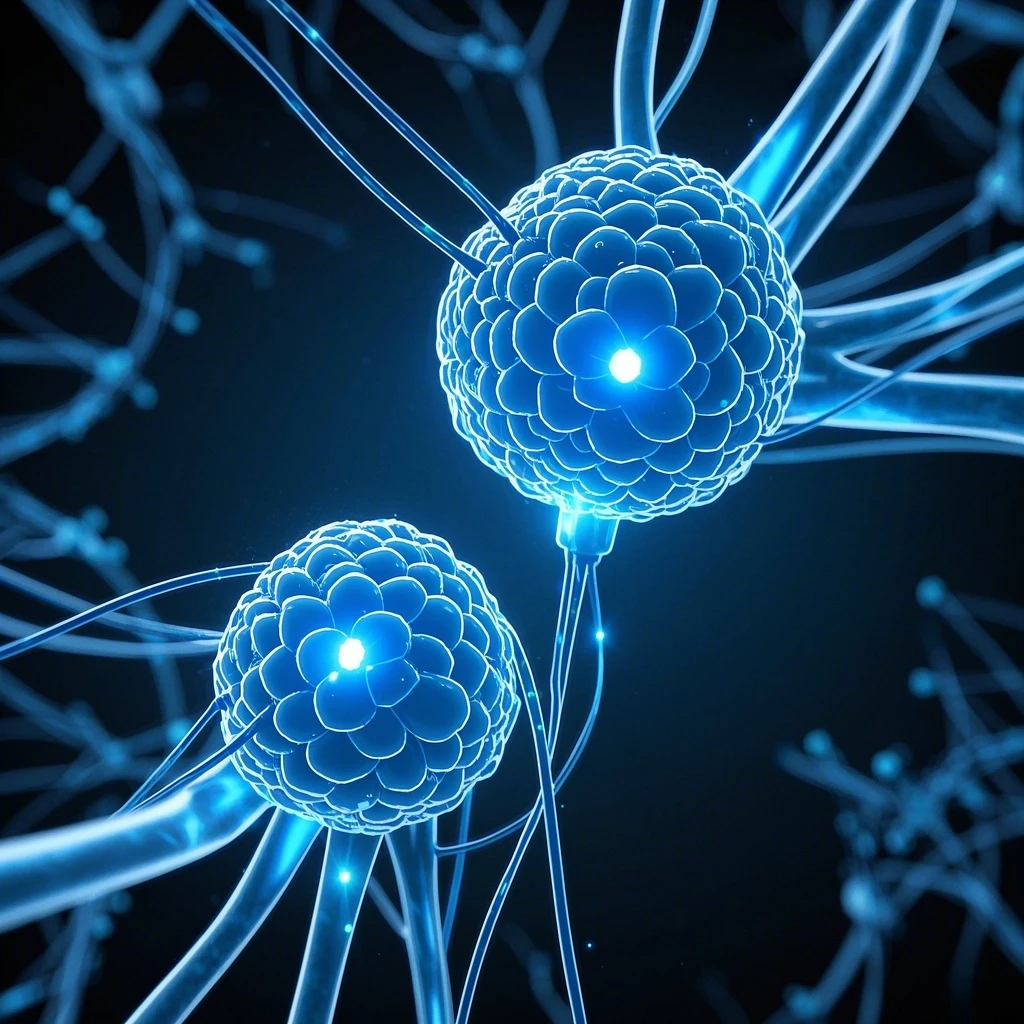VISTA3D: A Unified 3D Medical Image Segmentation Model for Precision Diagnosis and Zero-Shot Adaptation

In a landmark study published on arXiv, researchers from NVIDIA, the University of Arkansas for Medical Sciences, the NIH, and the University of Oxford present VISTA3D, a revolutionary 3D medical image segmentation model that bridges the gap between automated diagnosis and clinical adaptability. By integrating 3D supervoxel feature extraction and a unified architecture for automatic and interactive segmentation, VISTA3D achieves a 5.2% Dice score improvement over state-of-the-art methods across 23 diverse datasets, while reducing annotation time by 70%.
The Paradigm Shift in 3D Medical Imaging
Modern medical scanners generate volumetric datasets with millions of voxels, yet manual segmentation of organs and lesions remains a bottleneck. A typical abdominal CT scan requires 45–90 minutes for liver segmentation alone, with error rates rising to 12% due to human fatigue. Previous AI models, while improving speed, struggle with rare anatomical variations and require task-specific training, limiting clinical utility.
VISTA3D’s Three Core Innovations
1. 3D Supervoxel Feature Extraction
VISTA3D introduces supervoxel-level encoding, grouping neighboring voxels into semantically meaningful units. This reduces computational complexity while preserving topological relationships, enabling the model to distinguish between overlapping structures like pancreatic ducts and tumors.
2. Unified Architecture for Dual Modality
The model combines two branches:
- Auto-Seg: Pre-trained on 127 anatomical structures using 11,454 CT scans, achieving Dice scores of 0.91 ± 0.05.
- Interactive Zero-Shot Seg: Uses 3D point prompts (e.g., clicks on 可疑 lesions) to adapt to new categories, improving mIoU by 50% in unseen scenarios.
3. Hierarchical Training Strategy
VISTA3D employs a four-stage pipeline:
- Pretraining: Semi-supervised learning with pseudo-labels from 3D SAM.
- Auto-Seg Finetuning: Task-specific optimization on labeled datasets.
- Interactive Finetuning: Reinforcement learning for prompt responsiveness.
- Joint Optimization: Ensuring cross-modality consistency.
Performance Benchmarks
In a comprehensive evaluation across 23 datasets:
- Accuracy: 5.2% improvement over expert models (e.g., pancreas Dice 0.89 → 0.94).
- Efficiency: Reduces manual editing time by 40% via localized corrections.
- Generalization: Outperforms SAM3D by 9–15% in multi-organ overlap scenarios.
Clinical Applications and Future Directions
VISTA3D opens new frontiers in:
- Radiation Oncology: Accelerating treatment planning by automating organ-at-risk segmentation.
- Surgical Simulation: Creating 3D anatomical models for pre-operative rehearsal.
- Precision Medicine: Enabling AI-driven biomarker discovery through volumetric analysis.
The team plans to integrate VISTA3D with real-time imaging systems and explore federated learning for privacy-preserving multi-institutional training.
THE END







